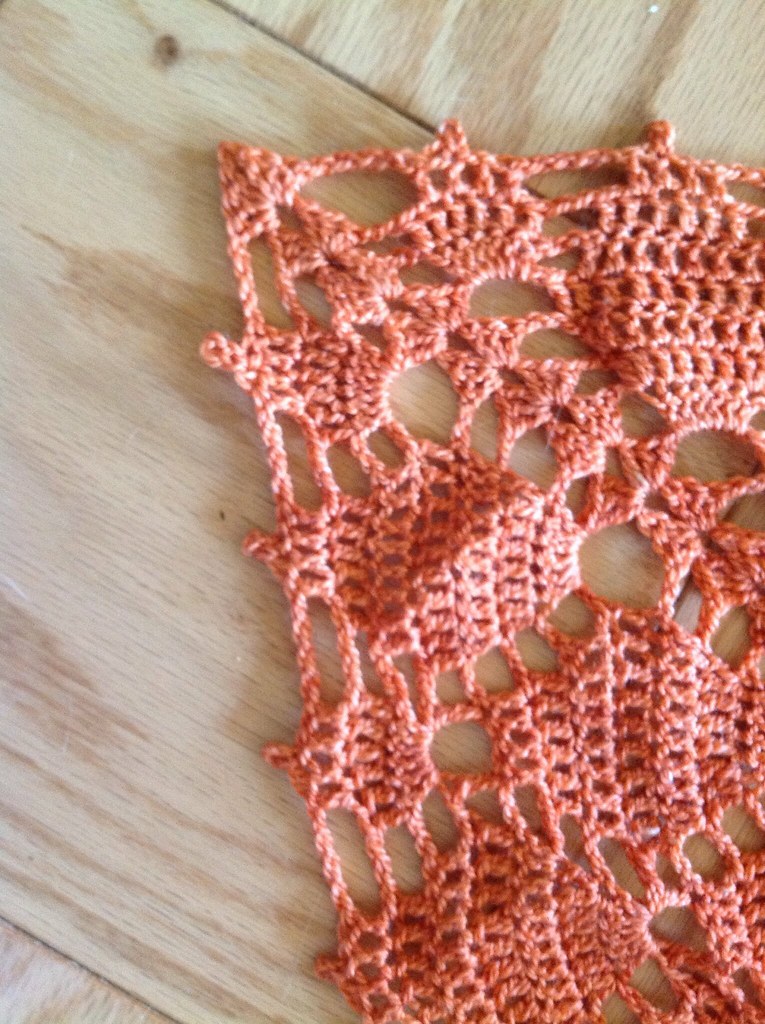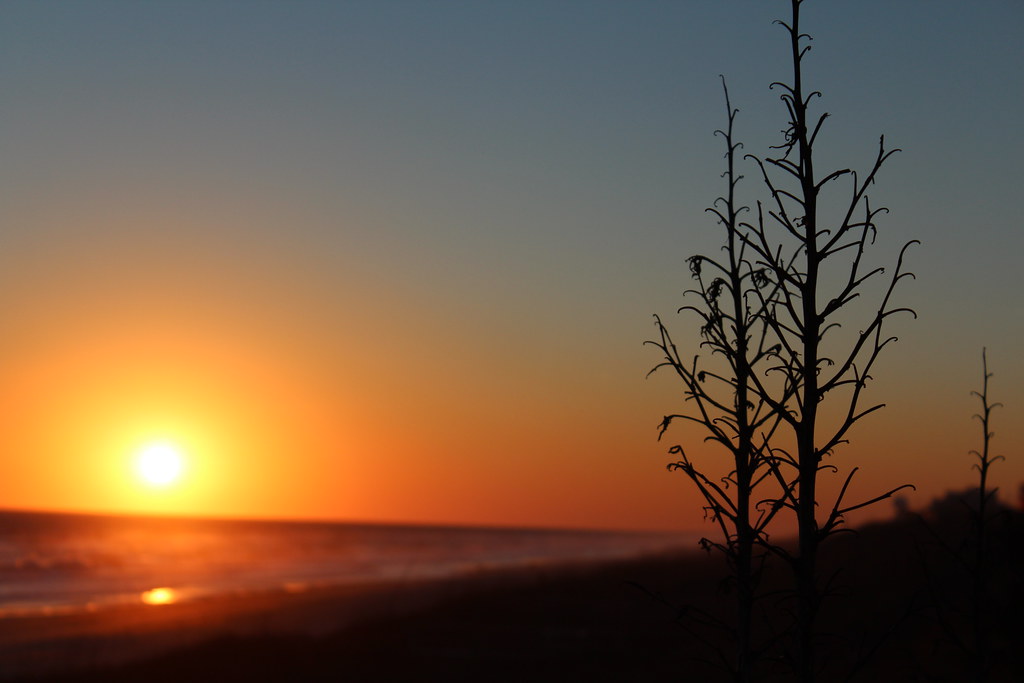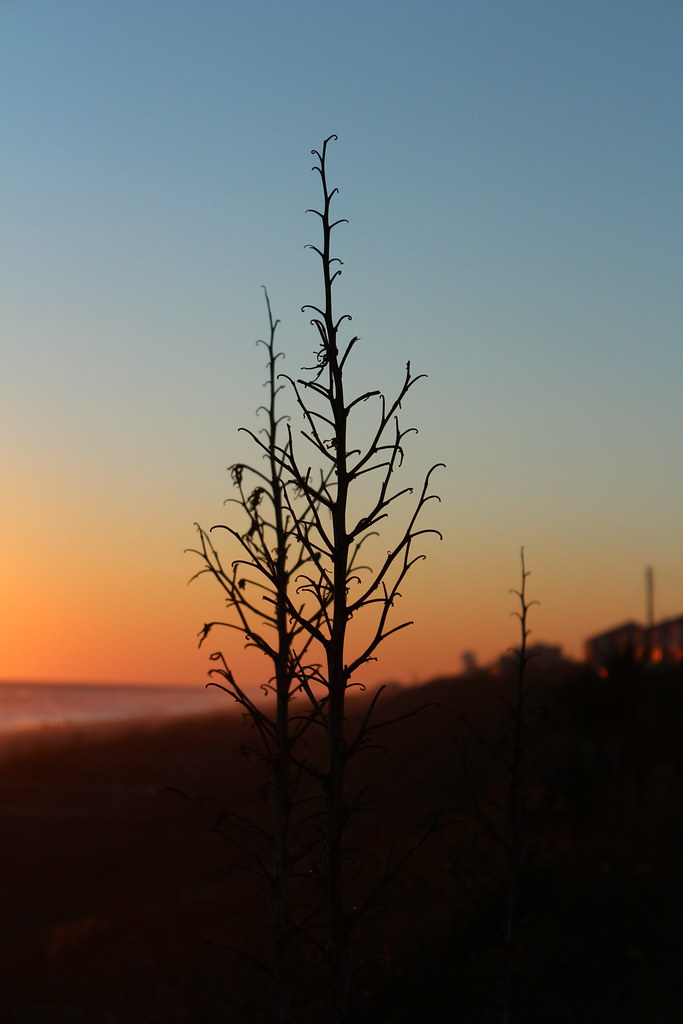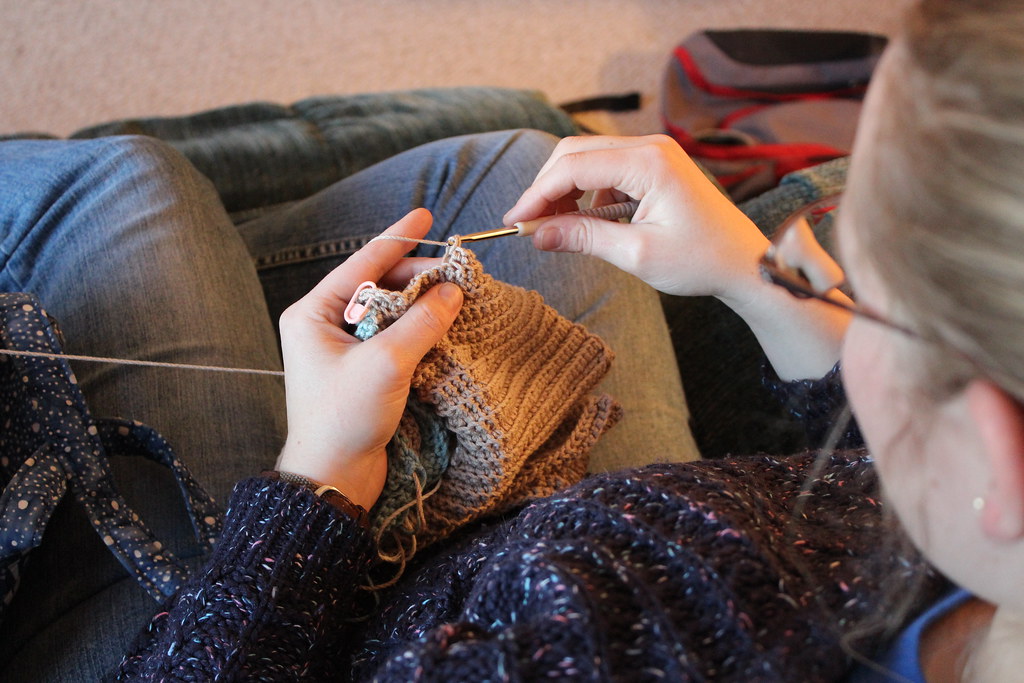I got some blocking mats, pins, and wires and have been
experimenting with blocking some smaller things that I made, like
scarves. I recently finished a crochet project that I’ve been working on
for a while (Daisy Wrap) and I don’t know where to start with blocking
it….well, after I soak it in water for a while anyway. The blocking
instructions say to pin each picot and there are a lot of them. What would
you recommend for blocking? Fold it in half? I have enough blocking
mats to block it full length. I don’t know where to start with this! Thanks,An Overwhelmed Student
I’d would fold
it in half, just because it’d reduce the amount of pinning I’d have to do by
half. There’s no two ways around it… if you want to have all those picots
standing out the way they look in the pattern, you need to pin them out. I’d probably
take a blocking wire and run it through the two or three picots that are at the
point of each of the arches, and pull those out on each side, just so I didn’t have to pin all of the picots. I’d pull those out, and then just pin out
the picots that didn’t get picked up by the wire.
 |
| My own Freshly Blocked Firefly Shawl |















































